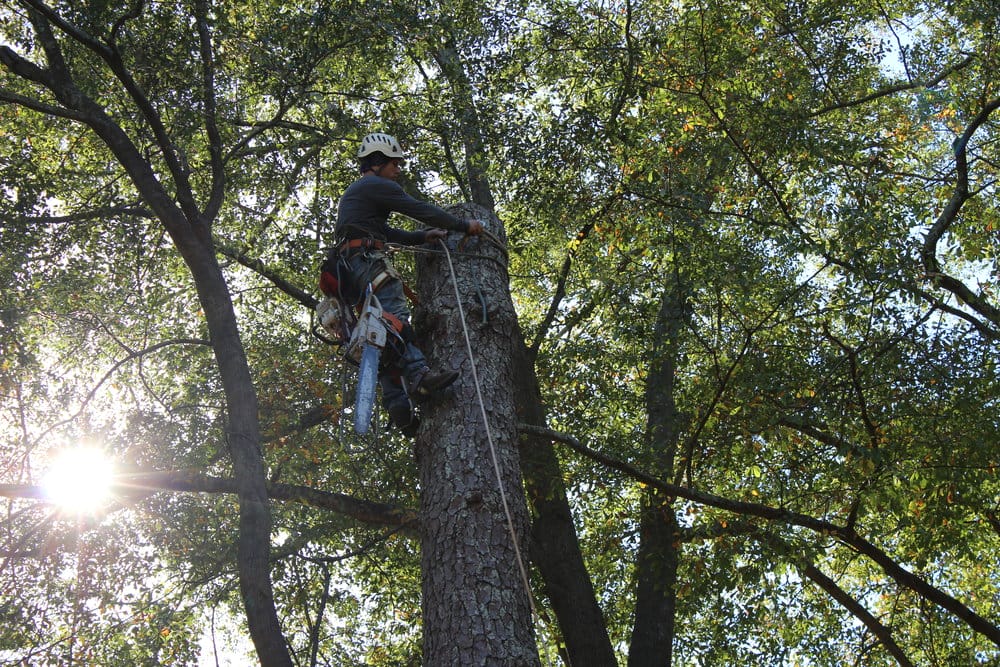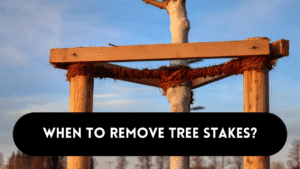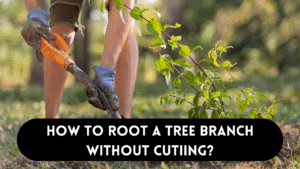Trees add a lot of beauty to your property. The aesthetic beauty that trees give to a yard or a garden is unmatched. Trees are nature’s artwork, displaying beauty through every leaf and branch. Their graceful dance in the wind, vibrant colors in autumn, and life-giving presence inspire awe, reminding us of nature’s charm. But it becomes a difficult decision for a property owner when a tree is uprooted and the property owner doesn’t know what to do with the uprooted trees.
An uprooted tree, whether caused by natural disasters such as storms or other unforeseen situations, affects the landscape and necessitates a critical decision that a property owner has to make. Should it be replanted or removed? This decision has far-reaching consequences for both the environment and your property. In this guide, we will look at the elements that impact the decision between replanting and removal, allowing you to make an informed decision that is consistent with your goals, the condition of the tree, and the well-being of your surroundings.
When Does a Tree Get Uprooted?
There are many reasons why a tree can get uprooted. These reasons can be some natural disaster or some man-made reason. Following can be some of the reasons why a tree can get uprooted:
- Severe Weather Conditions: Storms, hurricanes, or tornadoes
- Water Saturation: excessive water in the soil, often caused by heavy rainfall or flooding.
- Trees with shallow or poorly developed root systems
- Disease or Decay: Trees affected by diseases or decay might have weakened wood and be uprooted.
- Construction Activities: construction work, excavation, or changes in the landscape.
Can Uprooted Trees Be Replanted?
It really depends on the condition the tree is in and we are to assess the condition. If it’s diseased or severely damaged, removal is often best, especially for big trees that might not survive. Smaller trees are easier to replant due to their intact root structures.
Large trees have complex root systems, making replantation challenging and costly. The weight of huge trees can lead to moisture loss and illnesses, making it difficult to revive them. Safety considerations are crucial, including the tree’s size, proximity to structures, electrical wires, and other trees.
Replant an uprooted tree:
First, you have to lift the tree to its original position. Make sure that the roots are completely covered with soil, this will provide stability. Try not to make any twists or turns during this process. You also have to add a lot of water to remove all the air pockets.
Install stakes just beyond the root area to prevent the tree from falling over. Trim damaged branches after planting, ensuring a few remain. Regular watering is essential, but hold off on fertilization while the tree is recovering. Let it establish its roots before considering fertilization.
Lifespan of uprooted trees:
It depends on a lot of factors. Different types of trees can survive for different amounts of time. The health of trees, the amount of damage to the branches and the roots and the external conditions also factor in. Some tree species show greater resilience to uprooting stress.
Mallee trees, in particular, have higher survival rates compared to larger, well-established trees. The extensive root systems of larger trees are more susceptible to damage during uprooting.
The degree of root damage is pivotal to the tree’s survival if a substantial portion of the roots remain intact. Effective post-transplant care, including watering, mulching, and vigilant observation for signs of stress or illness, significantly affects the tree’s chances of survival and recovery after being uprooted.
Removal costs
On average, tree removal costs around $900, with most falling between $200 and $4,000. The price is influenced by the tree trunk’s diameter and the need for heavy equipment. Various factors, like assessing the tree, obstacles, and time required, are considered in estimating the cost. Safety should be a priority over price when choosing a removal service.
FAQs
Can a partially uprooted tree be replanted?
A: Replanting a partially uprooted tree is viable if root damage is minimal, the tree is healthy, and action is prompt. Save trees with 50% intact roots and a height under 10 feet.
How to replant the partially uprooted tree?
A: Gently lift the tree, cover exposed roots with soil, and water, and stake it for support. Trees over 10 feet are challenging to save, whether partially or fully uprooted.
Can we replant the fallen tree?
A: Replanting fallen trees, especially large ones, is difficult due to root damage. Swift action, careful handling, and proper planting depth are vital for success and increased survival chances.
Conclusion
Deciding whether to transplant or remove uprooted trees involves considering multiple factors like tree type, size, and health, along with your land’s specific conditions. This decision significantly impacts your property and the environment.
Replanting can be fulfilling, preserve a cherished tree, or enhance the environment. Success hinges on thorough evaluation, expert handling, and consistent care. Smaller, healthier trees stand a better chance during replanting. Careful consideration and attention ensure not only the survival of the tree but also contribute positively to your surroundings.




